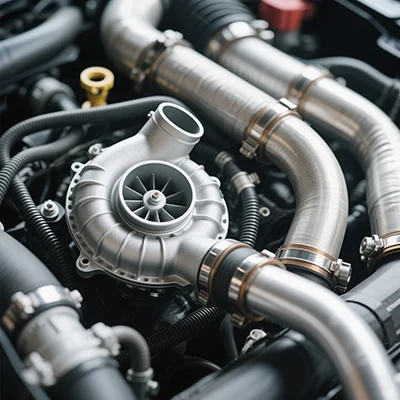Mastering Printer Resets: A Comprehensive Guide to Restoring Your Printer's Performance
3 min readIn today's fast-paced digital world, printers remain essential tools for both personal and professional use. However, like any electronic device, printers can encounter issues that may hinder their performance. One of the most effective troubleshooting methods is resetting the printer. But how do you reset a printer effectively? This article delves into the intricacies of printer resets, providing you with a detailed guide to ensure your printer operates at its best.
Understanding Printer Resets
Before diving into the reset process, it's crucial to understand what a printer reset entails. A reset can restore the printer's factory settings, clear error messages, and resolve connectivity issues. There are generally two types of resets: a soft reset and a hard reset.
- Soft Reset: This process involves restarting the printer without altering its settings. It’s often the first step in troubleshooting minor issues.
- Hard Reset: This method restores the printer to its original factory settings, erasing all custom configurations. This is typically used for more severe problems.
When to Reset Your Printer
Recognizing the right moment to reset your printer can save you time and frustration. Here are some common scenarios that may warrant a reset:
- Persistent Error Messages: If your printer displays error codes that do not resolve after standard troubleshooting, a reset may be necessary.
- Connectivity Issues: Problems with Wi-Fi or USB connections can often be resolved through a reset.
- Print Quality Problems: If you notice streaks, faded prints, or other quality issues that cleaning cycles do not fix, a reset might help.
- Software Updates: After a firmware update, a reset can ensure that the printer functions correctly with the new software.
How to Reset Your Printer
The reset process can vary significantly depending on the printer brand and model. Below, we outline general steps for both soft and hard resets for popular printer brands.
Soft Reset
- Turn Off the Printer: Disconnect the power cord from the printer while it is still on.
- Wait: Leave the printer unplugged for at least 30 seconds to allow residual power to dissipate.
- Reconnect and Power On: Plug the power cord back in and turn on the printer. This simple action can often resolve minor glitches.
Hard Reset
For HP Printers:
- Turn Off the Printer: Disconnect the power cord from the printer.
- Remove Cartridges: Open the printer cover and carefully remove the ink cartridges.
- Press and Hold the Power Button: While the printer is unplugged, press and hold the power button for 15-20 seconds.
- Reconnect Power: Plug the power cord back in and turn on the printer. Once it powers up, reinstall the cartridges.
For Canon Printers:
- Turn Off the Printer: Disconnect the power cord.
- Press the Stop Button: While the printer is off, press and hold the Stop button.
- Reconnect Power: While holding the Stop button, plug the power cord back in and continue to hold the button for about 10 seconds.
- Release the Button: After the printer powers on, release the Stop button.
For Epson Printers:
- Turn Off the Printer: Disconnect the power cord.
- Press and Hold the Reset Button: Locate the reset button (usually found on the back or bottom of the printer) and press it while reconnecting the power cord.
- Release the Button: Once the printer powers on, release the reset button.
Post-Reset Steps
After performing a reset, it’s essential to follow these steps to ensure optimal performance:
- Reconfigure Settings: If you performed a hard reset, you would need to reconfigure your printer settings, including Wi-Fi connections and print preferences.
- Run a Test Print: Conduct a test print to verify that the reset resolved the issues.
- Update Drivers: Ensure that your printer drivers are up to date. Visit the manufacturer’s website for the latest software.
- Regular Maintenance: Implement regular maintenance practices, such as cleaning print heads and checking ink levels, to prevent future issues.
Conclusion
Resetting a printer can be a straightforward yet effective solution to various performance issues. By understanding when and how to reset your printer, you can maintain its functionality and extend its lifespan. Whether you opt for a soft or hard reset, following the outlined steps will help you troubleshoot effectively and keep your printer running smoothly. Remember, regular maintenance and timely resets can save you from unnecessary headaches and ensure that your printer remains a reliable tool in your daily tasks.


